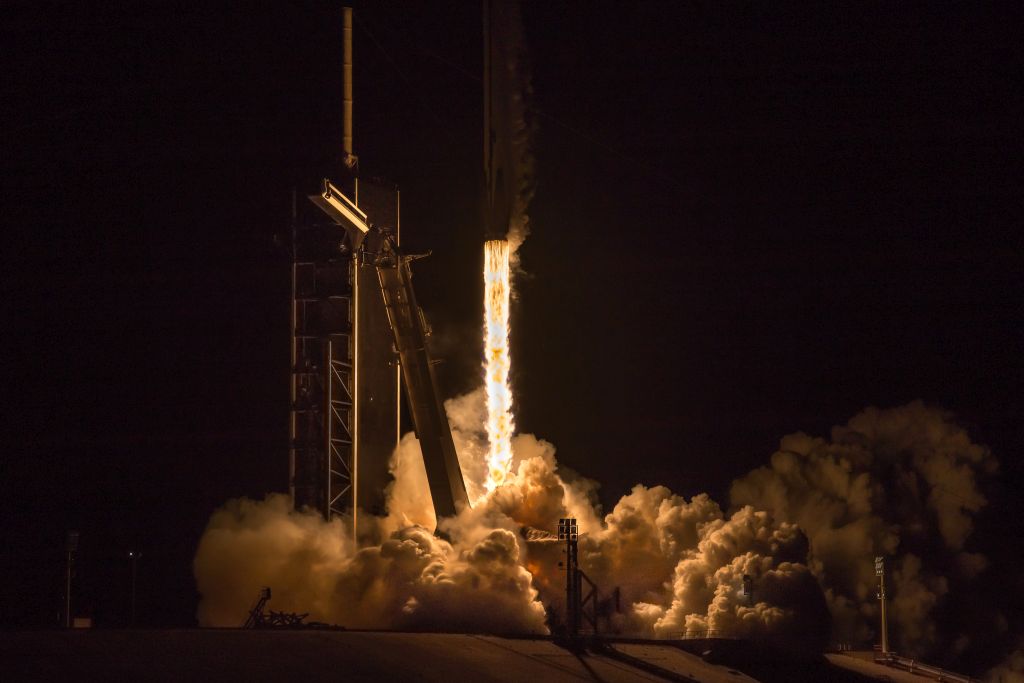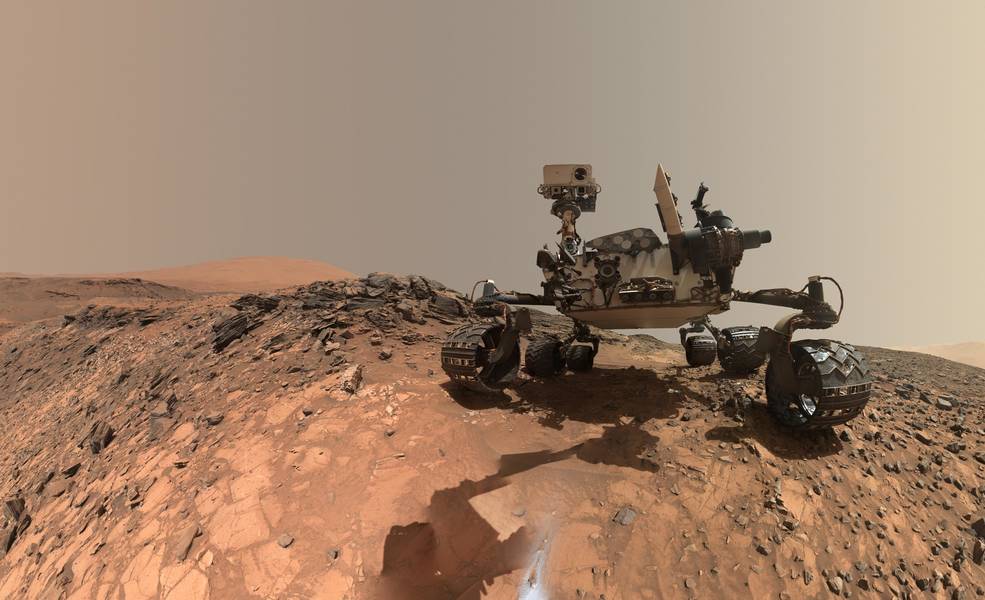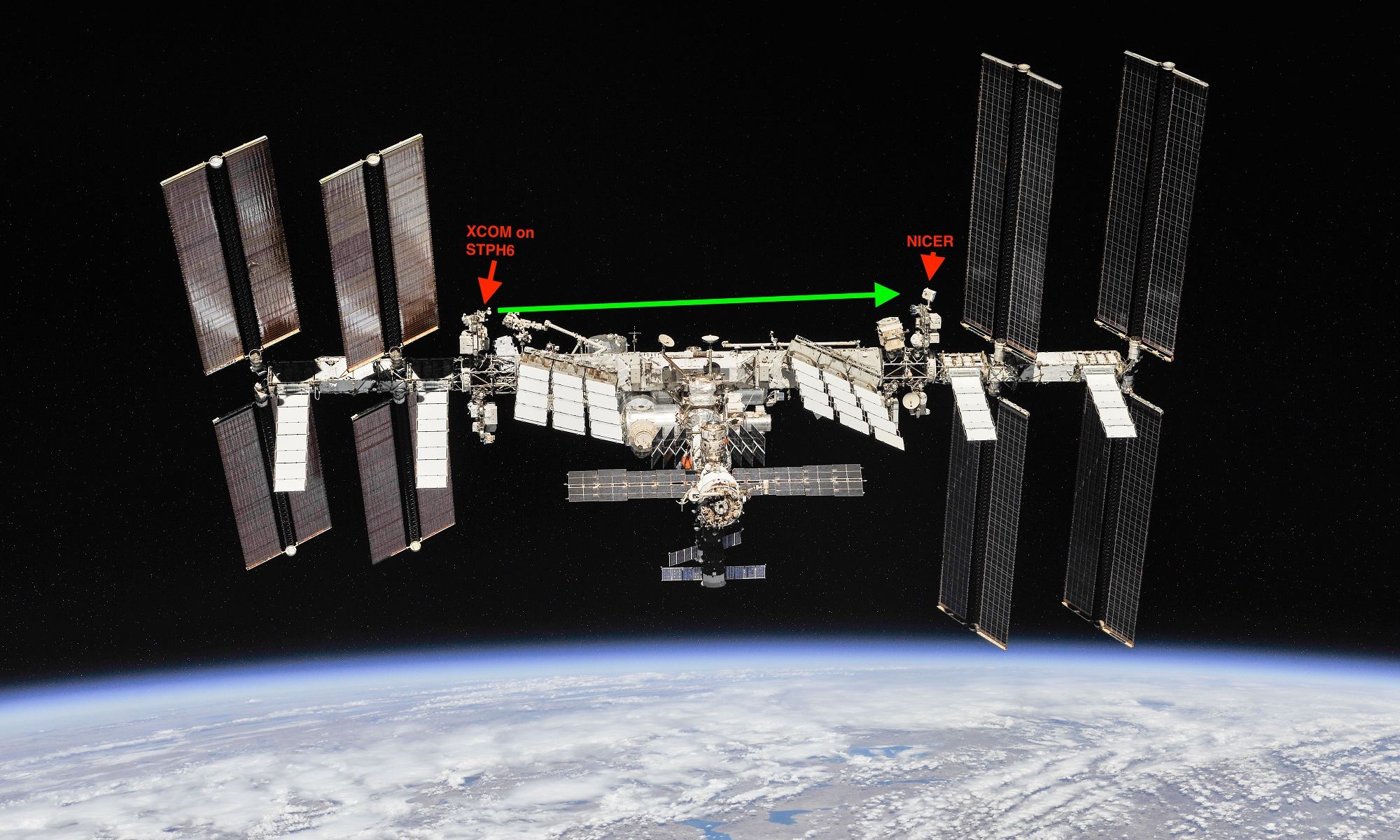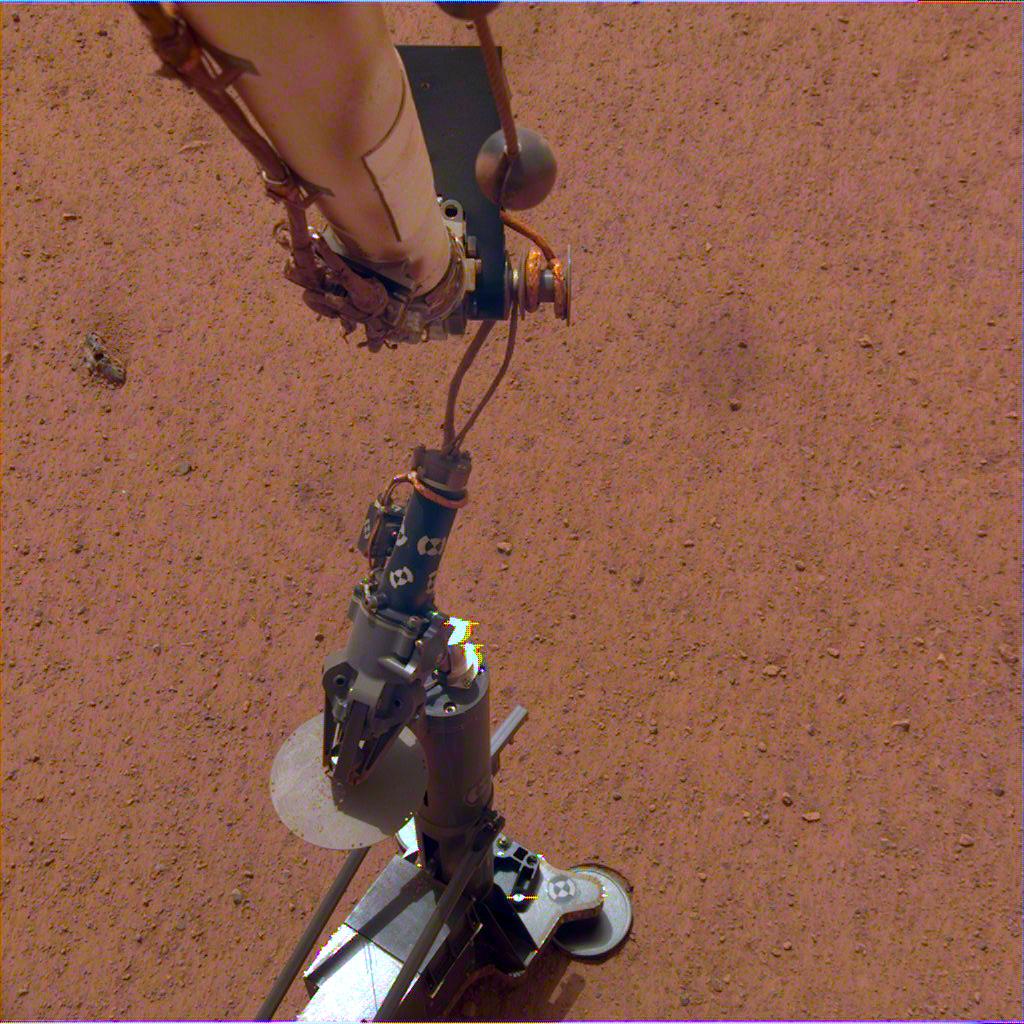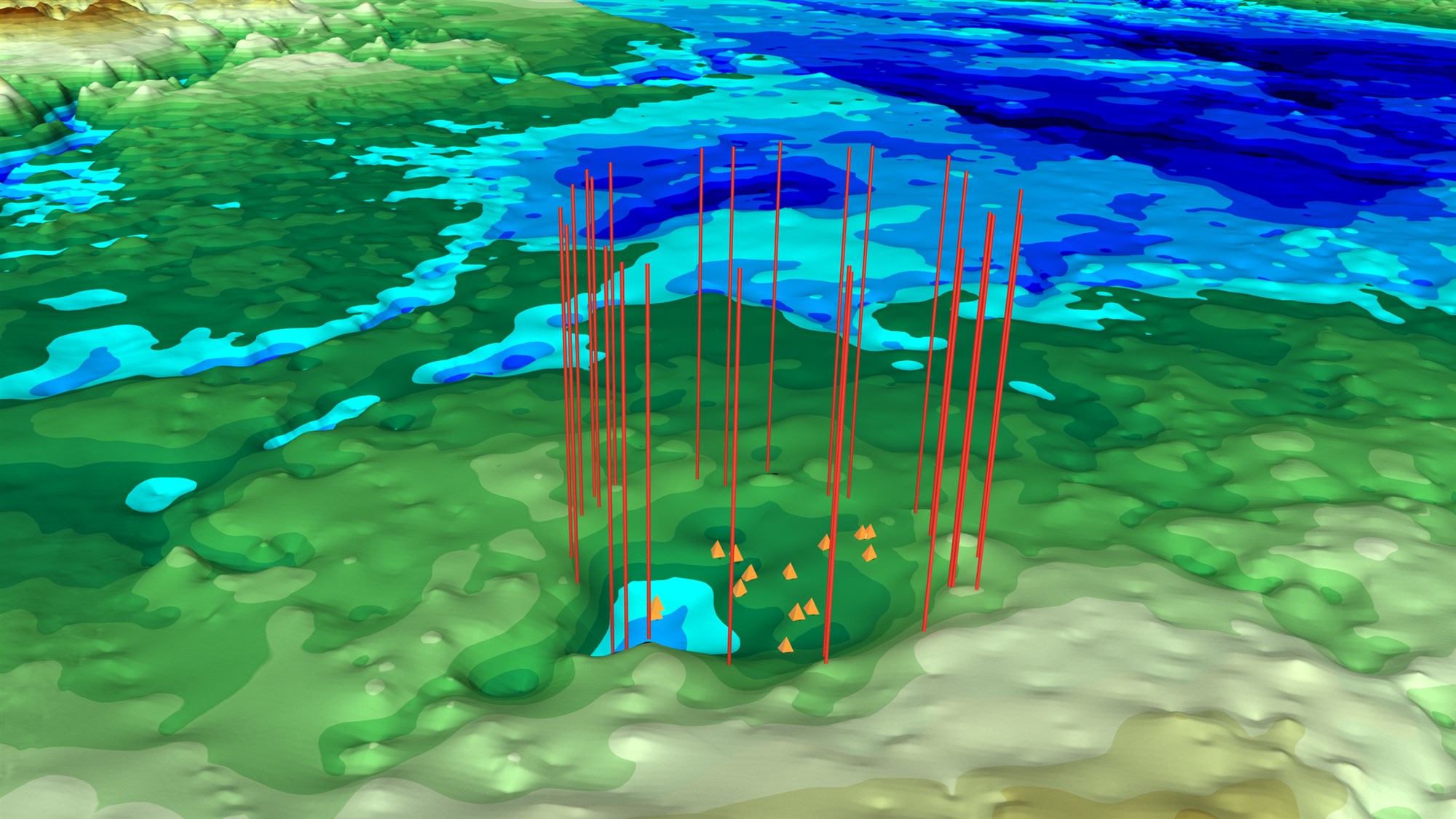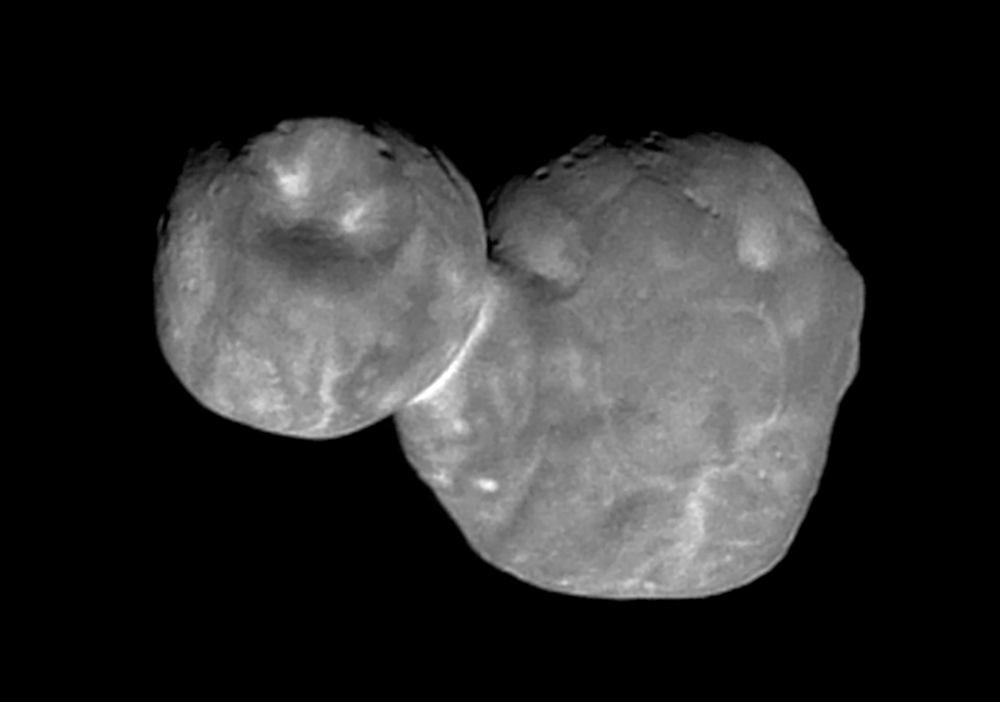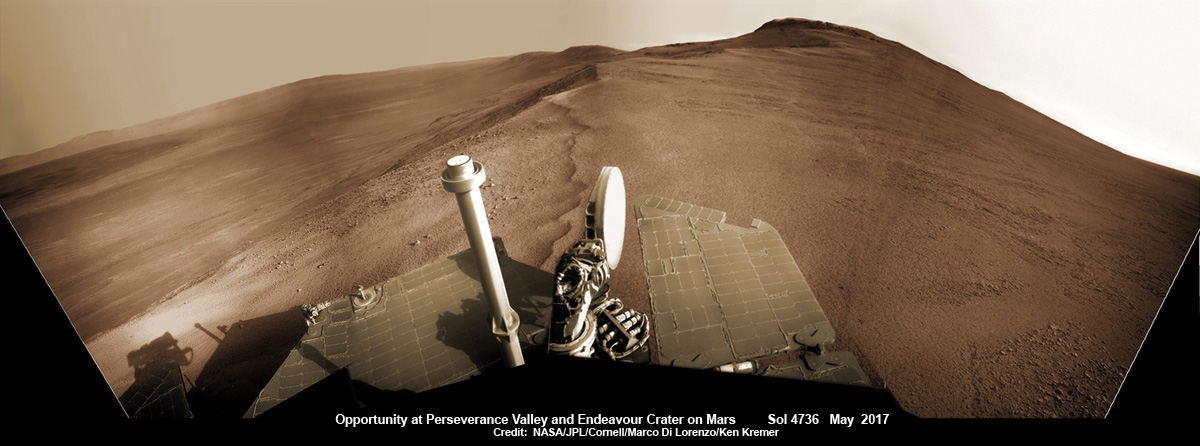It’s another milestone for SpaceX as their Crew Dragon spacecraft successfully docked with the International Space Station.
In the early morning of March 2nd, the unmanned Crew Dragon launched from complex 39A at NASA’s Kennedy Space Center in Florida. Then on March 3, at approximately 6:00 AM, the spacecraft successfully docked with the space station. Universe Today had a photographer, Alex Brock, at the launch to capture the action.
Continue reading “Another Milestone for SpaceX as Crew Dragon Docks with ISS”
